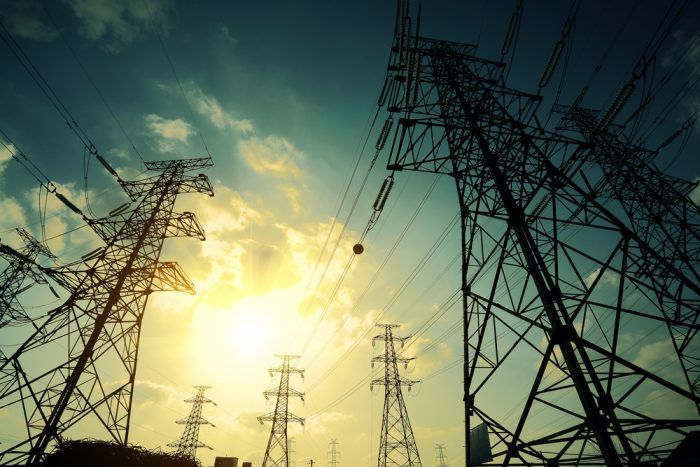The browser you are using is not supported. Please consider using a modern browser.

The US Electrical Grid: How Bad is it and How Much Will it Cost to Improve?

Originally formed in the 1920’s, the United States Electricity Infrastructure, also known as the electric grid, consists of multiple expansive regions that deliver electricity from the producers (generating stations) to the consumers. It is the web of high voltage transmission lines that carry power form distant sources to the most remote places across the continent.
Status of the Current Electricity Infrastructure
As is with any form of infrastructure, big or small, the passing of time causes aging effects that can result in negative societal and economic consequences. For the electricity infrastructure, aging is of a tremendous concern. Most power plants were built over 40 years ago, and the American Society of Civil Engineers (ASCE) recently gave the entire energy infrastructure a very poor grade of D+ (unchanged from its report card in 2013).
Consequences of an aging electric system are widespread and multi-dimensional. There are immediate results of failing equipment that lead to power loss, which affects both individual family units and businesses, and potentially entire communities, as well as more complicated consequences, such as having outdated engineering which makes it difficult for current engineers to effectively assess, plan and carry out repairs.
Cost to Improve the US Electric Grid
In order to improve the substandard electricity infrastructure to an adequate rating of B+, the ASCE estimates that it will cost $4.59 trillion to bring the current structure up to code. When considering such a tremendous cost, especially in light of the fact that the current budget allocated for this type of restructuring is only about $2 trillion, it must be determined whether to replace the current system as is, or to invest in new technologies. As is for any kind of technology (cars, electronics, appliances), older devices and systems are more costly to repair, while investing in new, power-generating technologies are likely to be the lower-cost option for rebuilding and restructuring the energy infrastructure.
This means that the way we get our power will start to look very different. Large power plants that rely on fossil fuels will become something of old, seen in history books, with newer, smaller power generators such as solar panels or wind farms becoming the new norm. Additionally, the expansive and expensive task of rebuilding the old with the new presents itself with the opportunity for a cleaner, more efficient energy infrastructure. Although a daunting task, rebuilding an aging, antiquated electric grid using renewable energy sources introduces the potential for a more cost efficient and cleaner America.